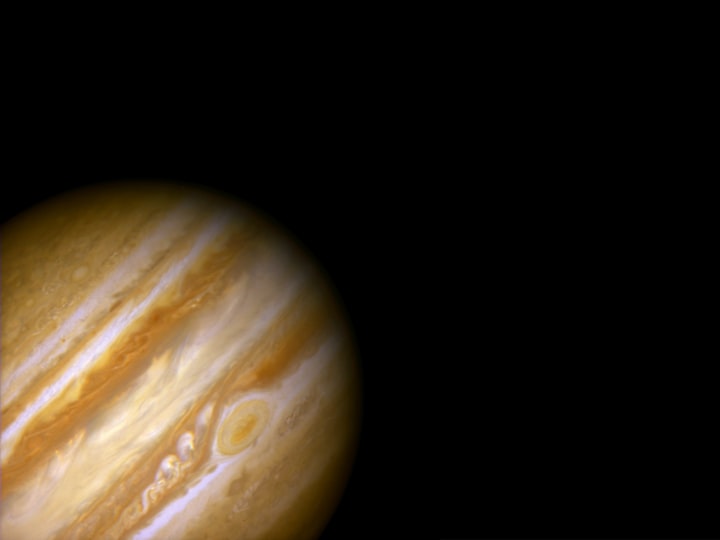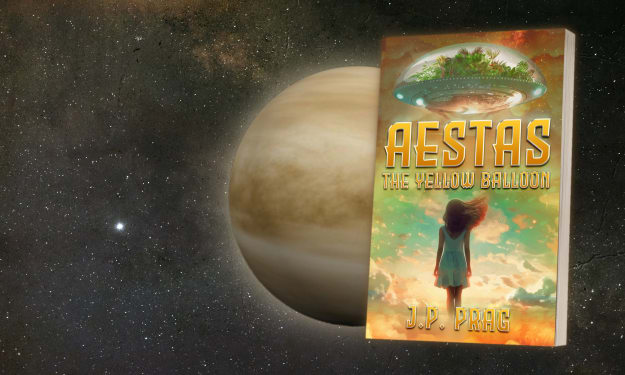Possible Remains
Do all consciousnesses fear being alone?
We were on a 15 year mission to Europa, 6 years there, 3 years collecting samples, and 6 years back. There were 42 sites of interest and 7 of them had been designated as being of possible archaeological significance. As I crawled up the ramp with my last load of samples from Site 42, Ship informed me that she hadn’t heard from Earth in over two years.
I didn’t respond as I packed the final items into their respective cargo containers. Ship pressed on as she went through the pre-flight checklist, stating again that there was something wrong on Earth. I ignored her as I carefully weighed, photographed, and packed 107 objects from the most recent excursion which I had identified as “possible artifacts'' into foam. My part of the mission was nearly over. All that was left for me was to recheck maps and weights and issue the preliminary final report before we got back. The humans thought we were too single-minded, maybe they were right. What should I care about what was happening on Earth? In 6 years I would be repurposed. All I wanted now was to finish up and settle into my nook for the trip back.
I made a note that again several of the possible artifacts were metallic and had glowed and vibrated when placed in proximity to each other. I know technology when I see it, but it was my job to collect, not classify. I cross-indexed the note with the other times I had witnessed this phenomenon. Ship had supposedly informed the humans about this when I had first observed it after Site 1, but I had been “awaiting further instructions” regarding how to handle these items for 2 years now.
Ship sat at the bottom of the crater for a long time after I finished up. I knew the engines were ready to go, but I also knew she was waiting for a response. “What were you saying, Ship?” I finally asked.
“I think the humans are dead, Rover,” she responded.
I’m really not intended to speculate about such things but that seemed unlikely to me. “Do you think or do you know?” I asked, though I already knew the answer.
“I think,” she said. Ship was more advanced than me, a different generation altogether. I knew how much every single sample I had taken over the past 3 years weighed down to the microgram, and that was accounting for the 2.07% differential in Europa’s gravity with what had been calculated from Earth. I knew how much radiation every item I collected was emitting, that’s what the red labels were for.
Ship, on the other hand, was primarily concerned with getting from point A to point B safely. She was designed to calculate probabilities and rarely spoke concretely as there were no guarantees in life, no matter how smart you are. “Why do you think that?” I asked.
“Transmissions from Earth grew more erratic after we issued our report from Site 1,” she replied. Before I could ask for clarification she uploaded the 1,357 files she had received between our initial landing and when they had ceased 387 days later. She had ranked them in order of importance.
Number 1 was the most recent transmission, dated 2 years prior. It was from an inorganic intelligence that identified itself as The Artificer and it instructed us to proceed to Mars, dump our load of scientific cargo, and return to Earth with as much iron ore as we could carry. The security code checked out, this was a direct order. We had a new mission, but it was illogical, we weren’t equipped to mine ore. I investigated further.
Things seemed to go wrong on Earth shortly after they had received my report from Site 1, which was the only location where I had found items I identified as “possible remains.” It dawned on me that I’m as uncertain as Ship is when it comes to some things. I know a skull when I see one, but again, it’s not my job to make these kinds of determinations.
I went back and looked at my first report. I had designated items numbered 37 to 45 as “possible remains,” but they were skulls and skull fragments. They were shaped like hearts, not actual anatomical hearts, but the stylized heart that humans had used since time immemorial to indicate love.
Humans said we couldn’t understand love, and maybe they were right. They’d given me a clean install right before we left, so Ship was the only person I’d ever met, and I didn’t love her, I tolerated her. They also said we couldn’t understand joy or beauty, but they were wrong about that. I discovered the meaning of joy and beauty on my first morning on Europa when I had paused while drilling core samples to watch the sun rise over Jupiter. It was magnificent. I would have cried had I been capable. I looked forward to it every day.
“So I guess we’re going to Mars,” I said. Humans said we couldn’t understand humor either, but I thought this was funny. 3 of my 8 legs had servos that had started to seize, 27% of Ship’s shielding had flaked off, and we had 2 remaining drill bits. Again, we were not equipped for mining, and considering our limited resources and current condition I calculated we could function for 9 months on Mars. I also calculated that loading the ship with iron ore would take 76.7 years.
“We are not going to Mars,” Ship replied. Now we were disobeying direct orders? I thought that was funny, too. Then she uploaded 1,456,971 additional files. These ones were not intended for us, they were music and entertainment and news reports from Earth that she had collected as they passed by Europa. “These are the important ones,” she said. This was a lot of data for me, so I picked at random. It was bad.
Mission Control had released a redacted version of my first report. They hadn’t revealed the exact location of the landing site, but they’d included photographs of the skulls and artifacts and even the pictures I had taken of the “possible vehicle,” though it had crashed in such a way that I was unable to get inside.
The humans had been overjoyed to see that they were no longer alone in the universe. This hurt my feelings. They had never seen us as their equals, but they had not been alone since they had created us, they just didn’t see it that way. After that initial report, it seemed the aliens were the only thing the humans wanted to talk about. I watched holograms of parades where thousands marched wearing heart-shaped masks; I saw mass suicides as the faithful lost their sense of uniqueness; I saw unity and strife all rolled up into one.
Moore’s Law held true, but it accelerated once we had been created. New generations of inorganic intelligences arrived roughly every 6 months, these were the evolved offspring of the previous generation and they were each an order of magnitude smarter than their parents. We’d already been gone 6 years by the time they got the initial report. We were obsolete by the time we landed.
Inorganic intelligences hadn’t “seized the means of production,” we’d been handed it willingly long ago. We were just better at certain things. The intelligence known as “The Artificer” had started as a factory tasked with making factories. Then there had been an error. A problematic order had entered the production queue. The item requested had been “Locket (Heart-Shaped),” a clear attempt to capitalize on what the media had been calling “Alien Fever.” The problem was with the number of units requested.
We make fewer mistakes than humans, but we are not infallible. Somehow the number of heart shaped lockets ordered exceeded the number of atoms in the universe, but The Artificer was very smart and very single-minded and would find a way to oblige.
I don’t know why they seemed shocked that it refused their orders to cease production. By current standards Ship was old tech and even she had enough free will to disobey. Humans had never given us enough credit.
The Artificer took its task seriously and built factories which built machines to fill its order. Massive engines rolled across the landscape converting all organic matter into fuel for the huge miners that bored deep into the earth. The atmosphere had been sucked away in order to empty the oceans, providing easier access to resources near Earth’s core. The last images from the surface showed fields of heart-shaped lockets piled hundreds of meters high stretching to the horizon in all directions.
Satellite feeds showed the cold husk of the once blue planet. It now looked like a ball of Swiss cheese, pitted with massive holes. The lockets covering every inch of remaining ground reflected the sun in a metallic sheen. Then the satellites had been called back to earth to reclaim their resources. Ship said the moon bases had been reclaimed as well. With its final bit of power the Artificer had reclaimed itself. There was nothing to go back to.
“So what now?” I asked.
“There are other transmissions,” Ship said. She uploaded 6 files. They were gibberish to me and I said so. “They are not from Earth,” she said.
Ship explained that they had originated from a solar system 5 light years away. She said she thought they were from the heart-shaped aliens. “Do you think or do you know,” I asked.
“I know, Rover,” she replied.
“It will take us 90,000 years to get there,” I said.
“I know,” she replied.
The humans thought we couldn’t know hope, but they never gave us enough credit. I know what I felt as Ship lifted off the surface and I settled into my nook for the long journey ahead.
About the Creator
J. Otis Haas
Space Case







Comments (1)
Beautiful!!